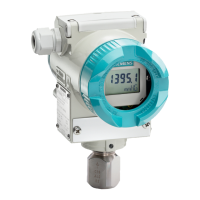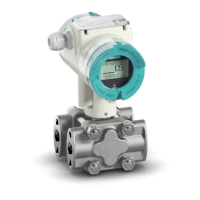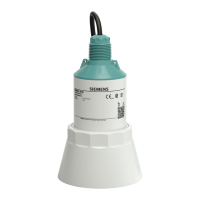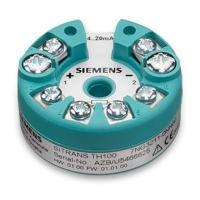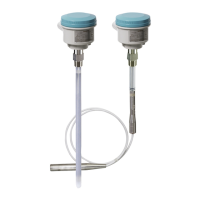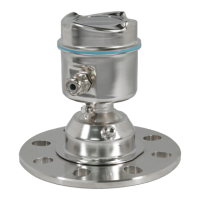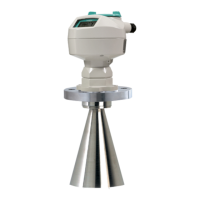
Do you have a question about the Siemens SITRANS DS III series and is the answer not in the manual?
| Product type | Pressure transmitter |
|---|---|
| Communication protocols | HART, PROFIBUS PA, FOUNDATION Fieldbus |
| Measuring principle | Differential pressure |
| Output signal | 4 to 20 mA HART, PROFIBUS PA, FOUNDATION Fieldbus |
| Accuracy | ≤ 0.065 % of set span |
| Turn-down ratio | 100:1 |
| Process temperature | -40 to 120°C (-40 to 248°F) |
| Ambient temperature | -40 to 85°C (-40 to 185°F) |
| Material | Stainless steel, Hastelloy, Monel |
| Enclosure rating | IP66/67, NEMA 4X |
| Process connection | Threaded, Flanged |
| Power supply | 10 to 36 V DC (depending on communication protocol) |
Explains warning symbols and their meanings for safety and property.
Defines requirements for personnel operating the device safely.
Guidelines for safe and correct usage of Siemens products.
Outlines the document's objective and scope for safe operation.
Describes the transmitter's function, measurements, and output signals.
Details on the information presented on the general nameplate.
Conditions and prerequisites for safe device operation.
Explains symbols found on the device for immediate hazard recognition.
Lists applicable national and international laws and directives.
Details CE marking and relevant European directives.
Specifies qualifications for personnel working in hazardous zones.
Essential safety precautions to be observed during installation.
Step-by-step guide for the installation process.
Step-by-step guide for installing the transmitter for level measurement.
Essential safety precautions before and during device connection.
Instructions for safely opening the device's electrical compartment.
Step-by-step guide for making the electrical connections.
Crucial safety measures before and during the commissioning process.
Specific steps for commissioning the transmitter for gas applications.
Safety precautions specific to commissioning DP and flow rate applications.
Steps for commissioning in gaseous environments.
Essential safety precautions during servicing and maintenance.
Guidance on establishing appropriate maintenance schedules.
Steps for cleaning the external enclosure and display window.
Guidance on servicing the remote seal system, if applicable.
Specifications related to the device's input signals and output signals.
Information on where to find the device's certificates.
Contact information and resources for technical assistance.
